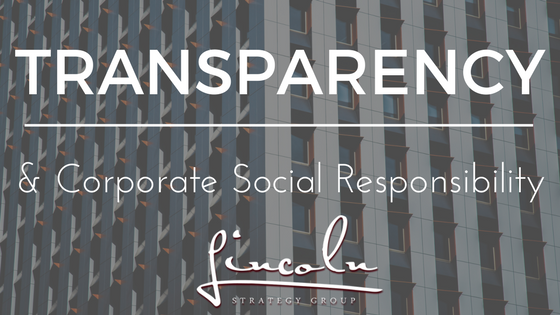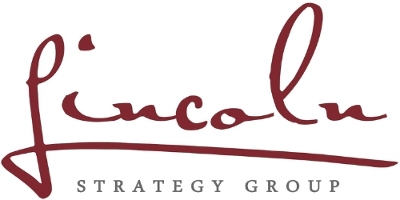
A December, 2014 article on CFO.com entitled “Corporate Transparency: The Openess Revolution,” delved into and dissected the trend for businesses and large organizations to begin moving towards a more open, honest, and transparent business model.
Taking it one step further, not only are business leaders recognizing the importance of corporate transparency to the public, but also the benefits that transparency can have on profits and stock prices. A more open and transparent organization builds trust with the public, opening the door to stronger financial performance.
The relationship between transparency and social responsibility can be viewed as almost symbiotic–an organization that prioritizes its socially responsible habits will naturally be more willing to share those values with the public, while the push for transparency will drive other organizations to rethink their perhaps lackluster CSR efforts in an attempt to ensure good public standing. Transparency and social responsibility feed off of one another in the best way possible.
Take, for example, Buffer, the social media sharing tool. In an effort to become as transparent and responsible as possible, the company began releasing a spreadsheet that tracked salaries and compensation for every employee on its payroll, a move that garnered the company a fair bit of positive press. And while this sort of transparency may not work for every company, it certainly thought-provoking and challenges us to consider more innovative transparency moves.
So how can an organization bind together its CSR practices and corporate transparency? The answer is fairly straightforward–be open, be honest, and stick to your virtues. Consider the community around you and your business’s relationship with it–how does your organization affect the people who live and work in the community, and vice-versa?
These effects can be both positive and negative–if your business is one that, by nature, pollutes the environment, consider potential means of giving back to sustainable practices and environmental organizations. Make these stances clear to the public and respond both swiftly and honestly to allegations of any negative impact you might be having on the community.
Exxon Mobil has done exactly this, putting a prioritization on working to ensure its practices impact the environment as minimally as possible and conducting intensive research on biodiversity and biological impacts of the business.
By combining transparency efforts with an organization’s vision for social responsibility, profits, public opinion and positive community impact may all begin shifting in its favor.
